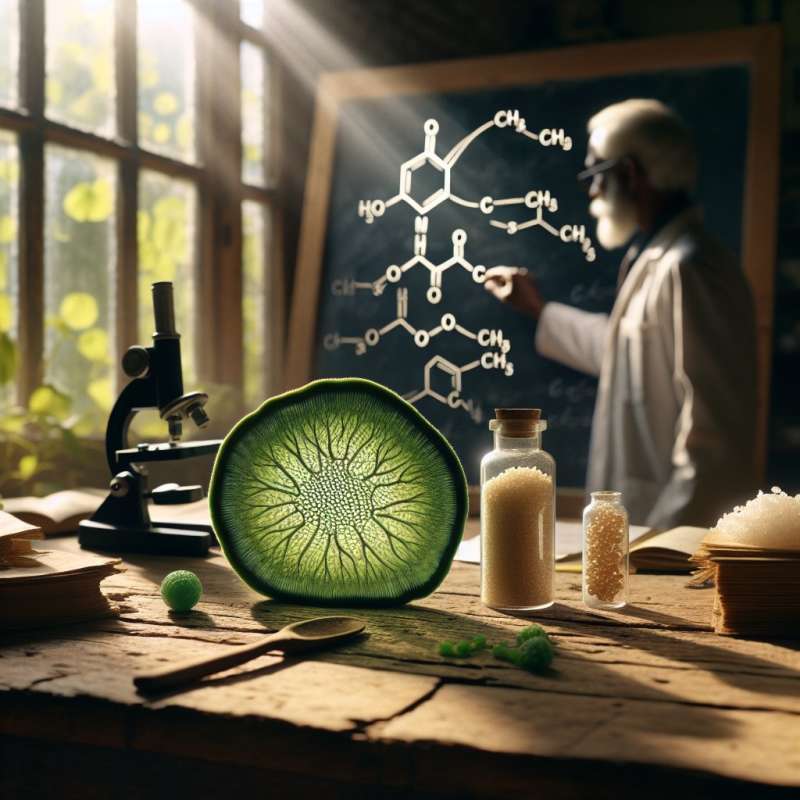
Carbohydrate Basics
Carbohydrates are essential biomolecules. Classified as sugars, they serve as energy sources and structural components. Their complexity is based on sugar unit numbers.
Monosaccharides: Simple Sugars
Monosaccharides are the simplest carbohydrates, consisting of one sugar unit. Glucose, fructose, and galactose are common examples, each with a unique structure and role in metabolism.
Disaccharides: Sugar Pairs
Disaccharides form when two monosaccharides join via a glycosidic bond. Sucrose, lactose, and maltose are vital for energy, but their breakdown requires specific enzymes.
Oligosaccharides: Short Chains
Oligosaccharides, 3-10 monosaccharide units, play critical roles in cell recognition and signaling. They often act as markers on cell surfaces, influencing immune responses.
Polysaccharides: Complex Carbs
Polysaccharides have multiple sugar units. Starch and glycogen store energy, while cellulose and chitin provide structural support, differing in linkage types between glucose units.
Functional Diversity
Carbohydrates do more than provide energy. They're involved in DNA/RNA (ribose, deoxyribose), cell recognition, and are integral to the extracellular matrix in tissues.
Carbs and Health
Carbohydrate consumption impacts health significantly. While fibers promote digestive health, excessive intake of refined sugars contributes to metabolic disorders like diabetes and obesity.Insect Carbohydrates
Insects use trehalose, a unique disaccharide, for energy storage. It’s crucial for their survival, especially in harsh environments like deserts.
What are carbohydrates classified as?
Energizers and nutrients
Sugars, energy sources, components
Basic food elements
Company